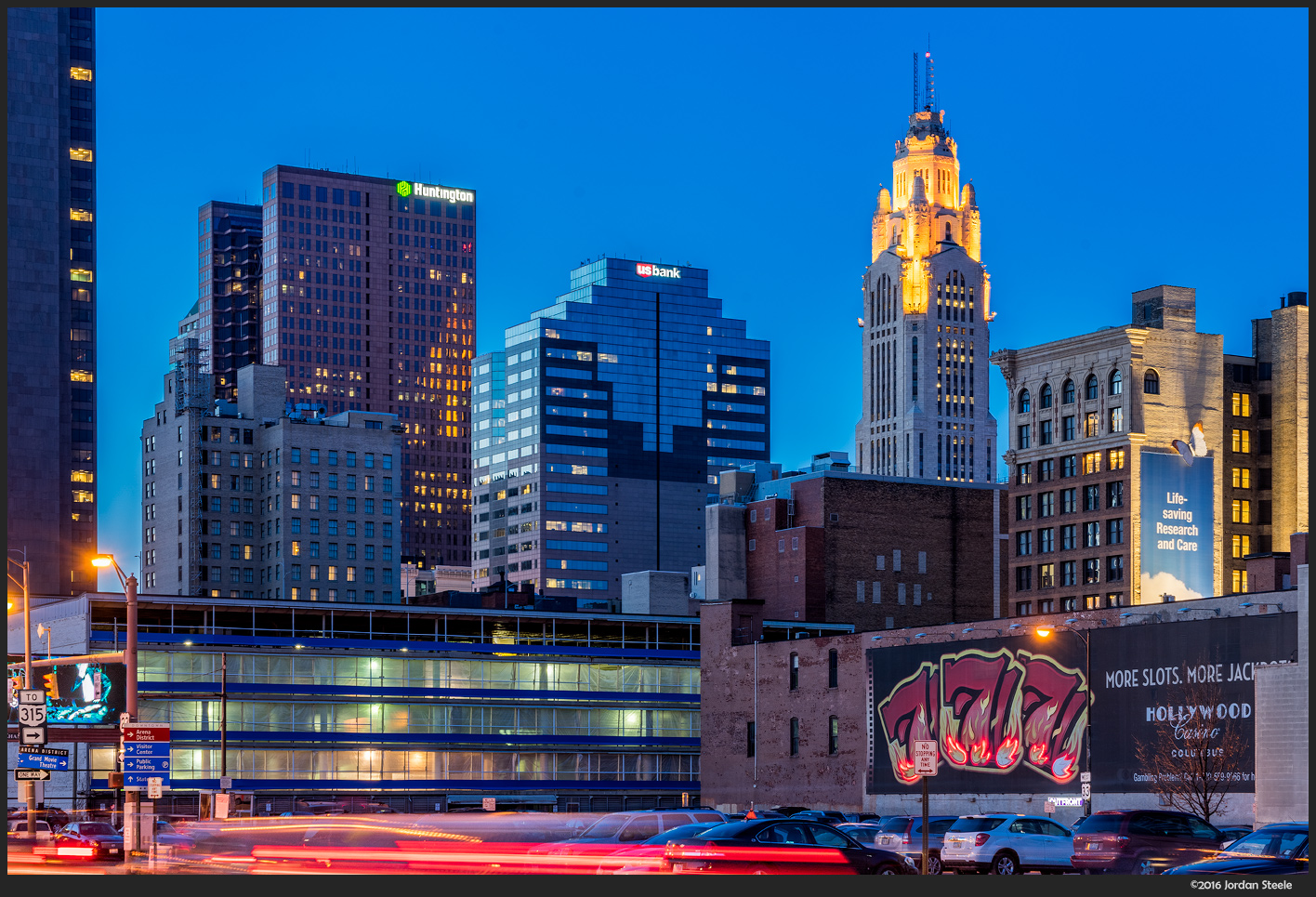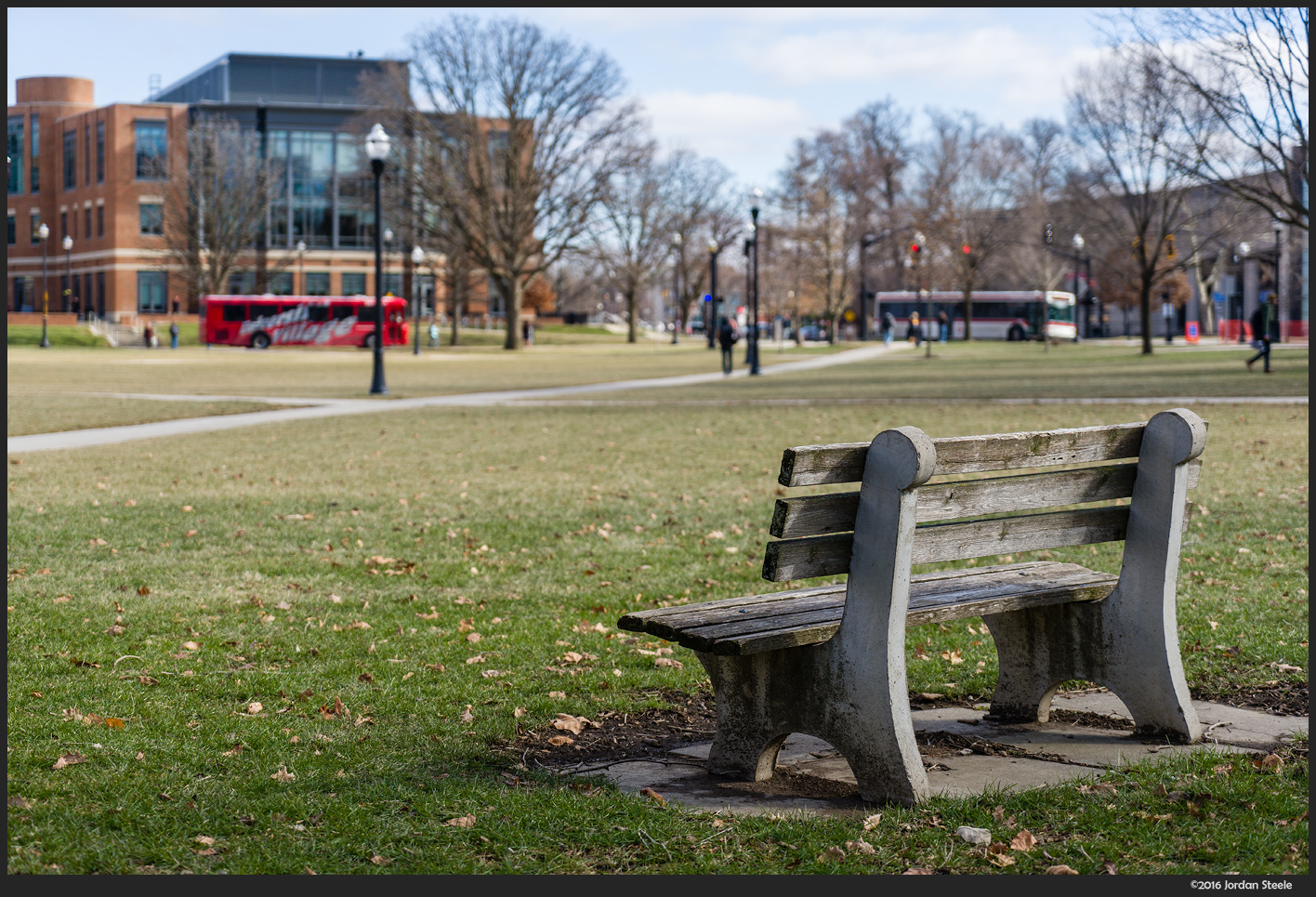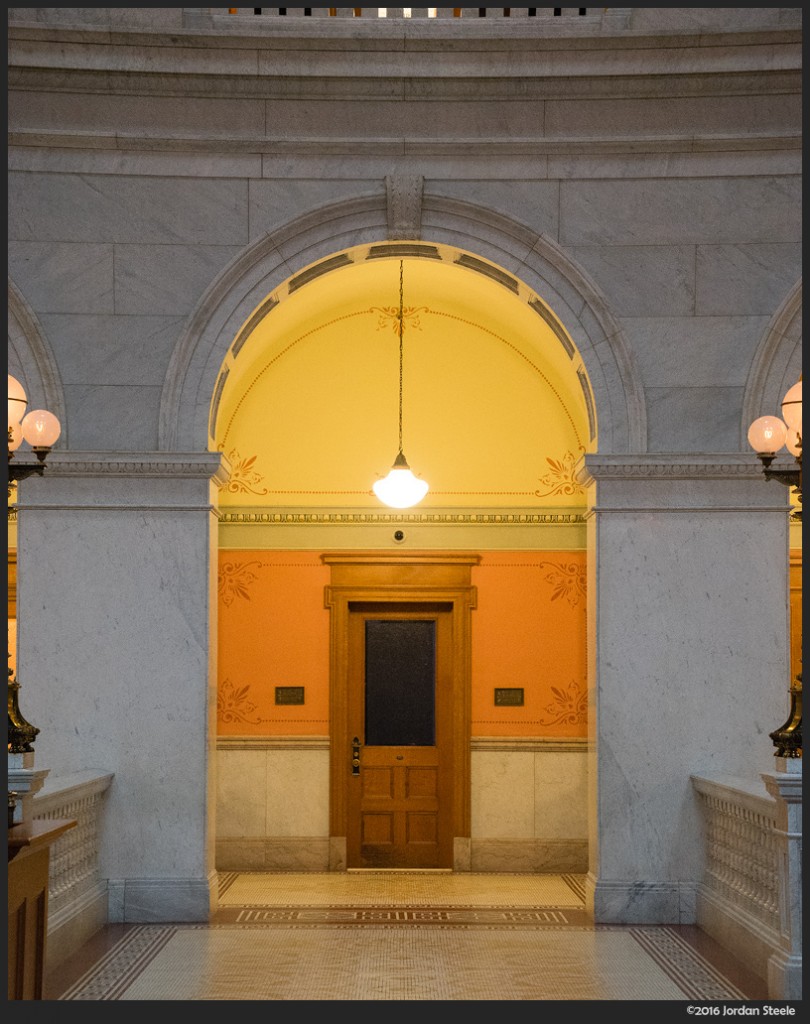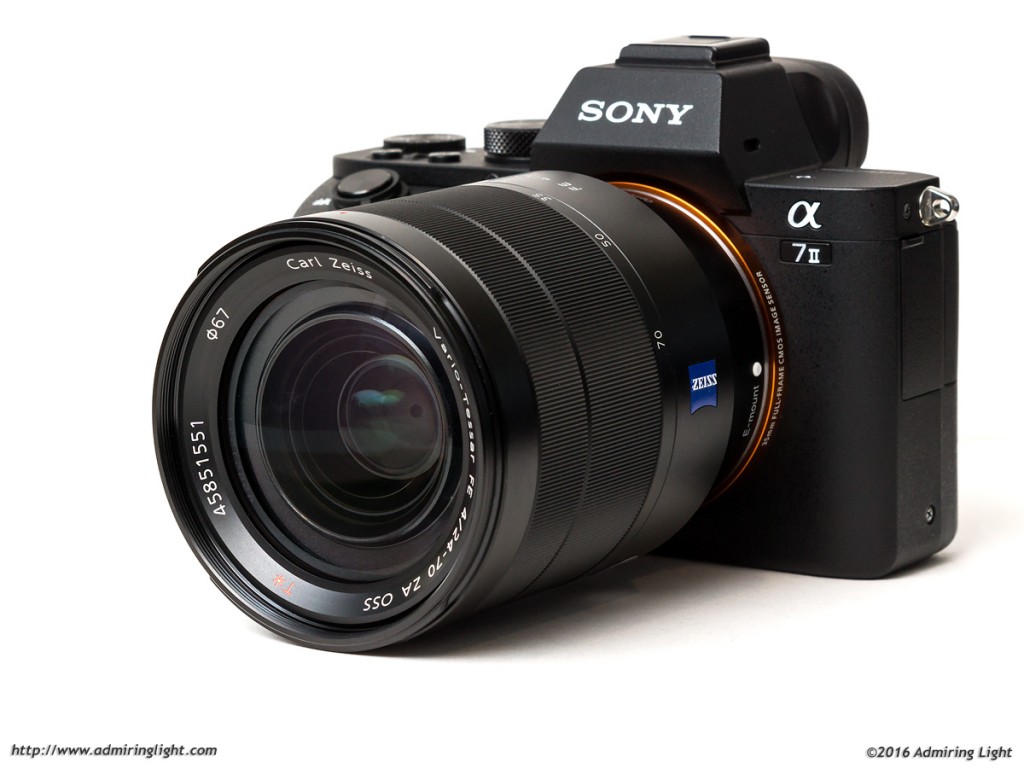As I mentioned in the introduction, the FE 24-70mm has had very mixed reviews since it was released over two years ago, and a lot of people view the lens as sub-par optically. It’s quite likely that there is an excessive level of sample variation, and as such, reviewers generally can only report on how the lens they used was able to perform. In my case, I felt that the negative reputation of the 24-70mm was overblown, though there are definitely points of criticism to be had. Let’s try to get to the bottom of the optical properties of this lens.
Sharpness
Overall, I found the FE 24-70mm to produce images with rather good image sharpness over most of the frame. The central 2/3 of the frame is impressively sharp right from f/4, though the edges and corners go soft at f/4, especially at 24mm. However, stopping down brings the edge sharpness up, and the corners are decently sharp through most of the zoom range, but both the edges and corners suffer some at the 24mm end. 24mm does seem to be the weak point of this lens, with some residual edge and corner softness even at f/11 and f/16. However, I still thought it was good enough at 24mm to be useful. Overall, while it isn’t a perfect lens by any means, I found the 24-70mm delivered good resolution in most situations, and I felt it was better than the poor performance many others have reported with the lens. For a full size image of the shot below, Click here and click the green arrow at the bottom of the screen to view at 100%.

Bokeh
Being an f/4 lens that maxes out at 70mm, the Zeiss 24-70mm isn’t going to produce huge amounts of blur in most situations, but it will produce some subject separation when used for portraits or close up items. The 24-70mm unfortunately doesn’t produce the most pleasing bokeh. Of course, close up, the degree of blur will eliminate most of the major problems with the blur, but at more normal distances, the background blur rendered by the lens is quite busy, with harsh edges and onion ring centers to specular highlights. It’s not a major concern in a lens like this, but it’s still a bit of a let down. The image below was taken at 70mm and f/4. Click here for a 100% crop of the out of focus areas to see how the blur looks up close.

Color, Contrast and Chromatic Aberration
One thing the 24-70mm has in spades is the excellent color and contrast for which Zeiss has become known. Contrast is rich and vibrant with plenty of pop, even at wide apertures. Likewise, colors are saturated and help to bring the scene to life. The excellent color and contrast really help give the images from the 24-70 a very nice kick, and ultimately, the rendering of the scene is very nice. Overall, I really liked the look of the images from this lens, despite the fact that it has some notable optical flaws.
One of the flaws is lateral chromatic aberration control, which shows up at the corners, especially at the wide end. This can be cleaned up quite well in postprocessing with minimal impact, however. Longitudinal CA didn’t pose a problem in my test shooting.
Distortion, Flare and Vignetting
Like a lot of mirrorless lenses, the 24-70mm relies fairly heavily on software correction to correct distortion, which is a bit disappointing in a lens at this price point. JPEG files and RAW files that use the profiles included in RAW converters like Adobe Lightroom will correct the distortion to negligible amounts (at minor detriment to image sharpness at the edges). Natively, the lens exhibits pronounced barrel distortion at 24mm that evens out rather quickly around 28-30mm before producing worsening pincushion distortion for the rest of the zoom range. The pincushion distortion at 70mm is rather significant, and really requires correction if there are straight lines anywhere near the edges of the frame.

Likewise, uncorrected images show fairly notable vignetting at wide apertures that eases a bit upon stopping down. Regarding flare control, the 24-70mm did perform fairly well against bright light. Some small bright flare ghosts can be induced in some circumstances, but image contrast remains strong.
Looking at image quality overall, the Zeiss 24-70mm is a good lens. It is, however, not a great lens. It’s got excellent contrast and color, and produces images that are sharp over most of the zoom range and image circle. On the other hand, it has some native aberrations in the form of high distortion, some vignetting and CA as well as mediocre bokeh.






Leave a Reply